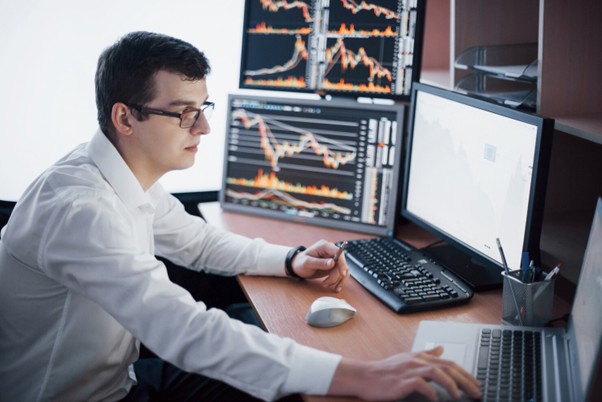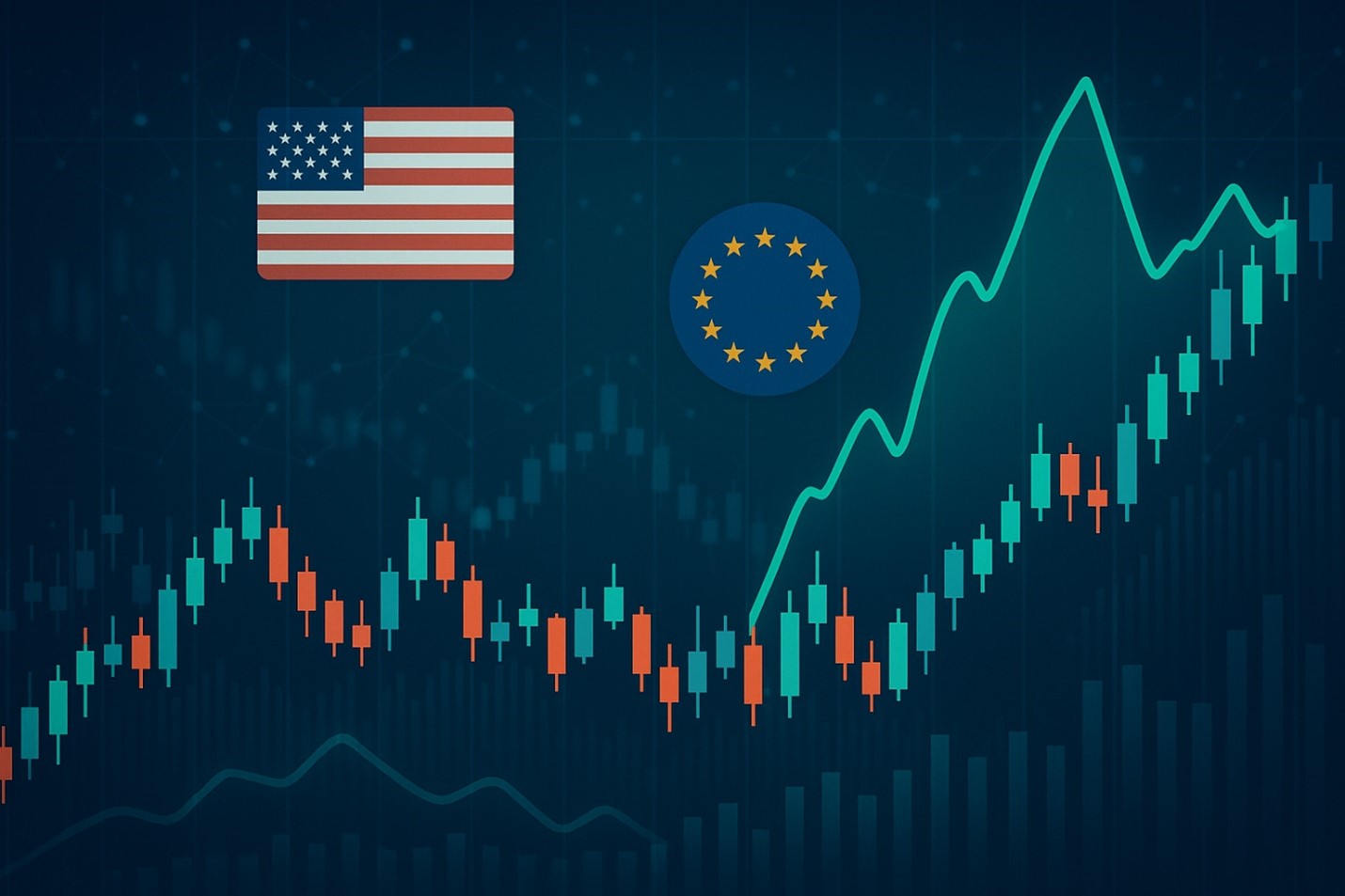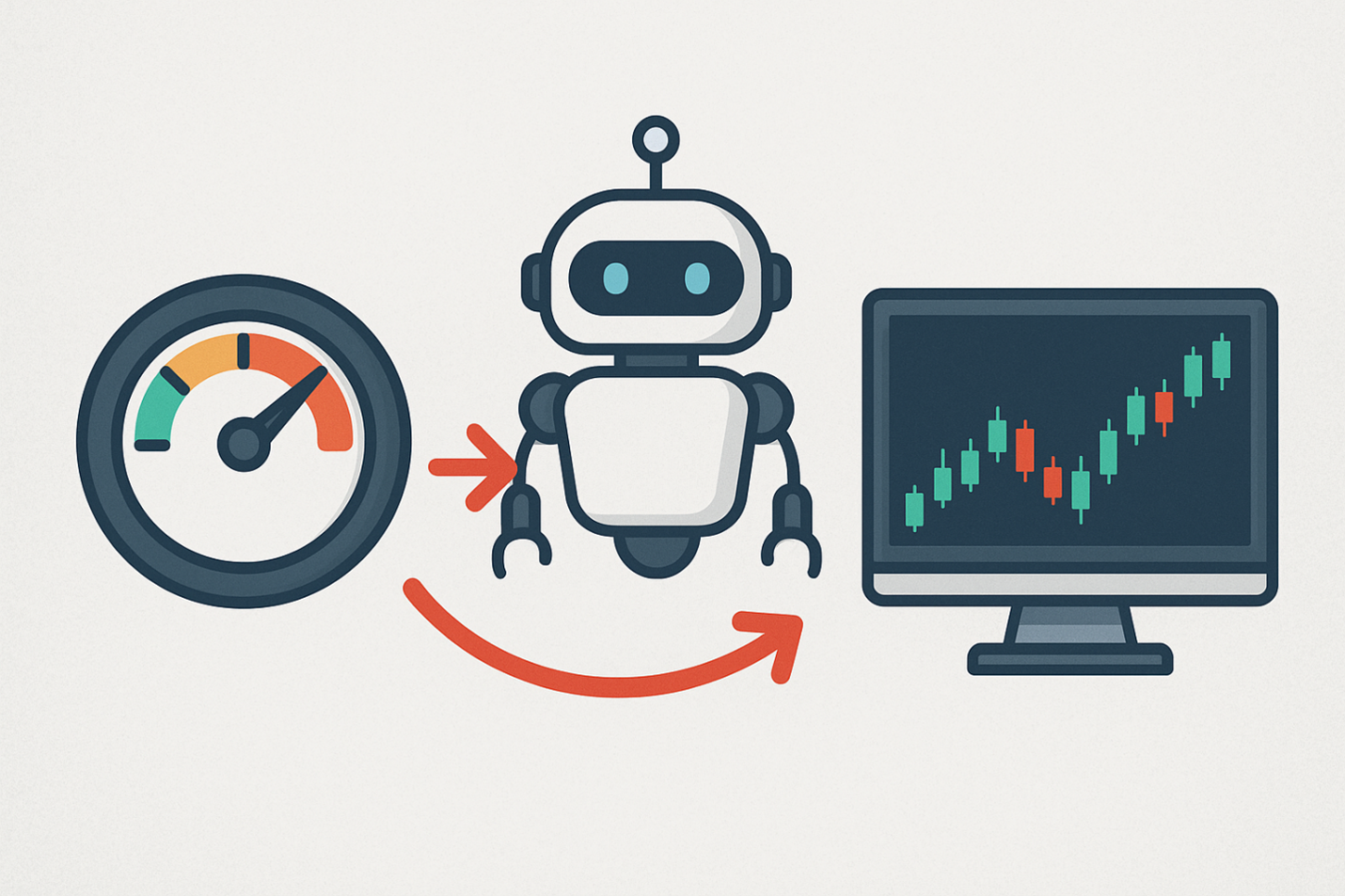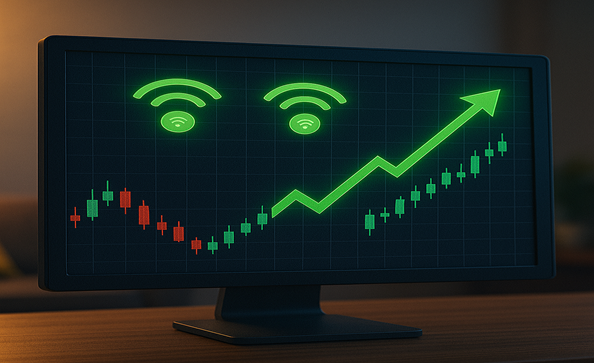Forex trading can be hectic, especially with all those signals flying around. It is all too common that a trader listens to an alert without validating its usefulness and goes on to risk their capital. Backtesting is a technique that can be used to test market signals against historical data to see how accurate, reliable, and profitable they can be. It does not matter if it is the best forex signals on major pairs, or the best gold signals on commodities, robust and persistent backtesting will provide data to fortify strategies, guaranteeing that they are not just mere speculative assumptions.
Why Backtesting Matters
Certain patterns in trading are likely to repeat. Backtesting is helpful in analyzing past trading performances and is useful in understanding its potential gains and losses before paying your money. This step is crucial for traders who need to depend on top forex signals providers for the forex market because the accuracy and methodology as well as the transparency of the providers can be quite different.
Imagine a situation where a buy signal for the euro versus the dollar is going to be a no brainer for the traders, in this case the buyer. Historical data might tell this trader that 60 percent of the time this trader loses, where the stop-loss loses all the positions. This is crucial information as a trader can lose a big amount in a series of trades if this strategy is not avoided. Backtesting is useful in knowing the losses as much as the gains a trader will make.
Steps to Backtest Forex Signals Effectively

- Gather Historical Data
Start by collecting reliable historical price data for the currency pairs or commodities you intend to trade. To get accurate gold signals, it’s crucial to include periods of high volatility, like central bank announcements, geopolitical tensions, or major economic data releases. This way, you can test your signals across a variety of market conditions, not just during calm times, giving you a more realistic view of how they perform.
- Clearly Define Your Entry and Exit Rules
A signal is only valuable if you apply it consistently. Make sure to set clear criteria:
• Entry price (for example, buy GBP/USD at 1.2500)
• Stop-loss placement (like 30 pips below your entry point)
• Take-profit target (such as 50 pips above your entry)
Sticking to these rules is especially vital when assessing the best gold signals. Straying from your criteria during backtesting can distort your results and lead to unrealistic expectations.
- Simulate Trades with Precision
Treat each trading signal like it’s the real deal by testing it against historical data. Keep track of your entries, exits, profits, and losses, while also considering the real-world costs such as spreads, commissions, and slippage. A lot of beginner traders tend to overlook these important details, which can lead to unrealistic expectations about their performance. By simulating with precision, you’ll get a much clearer picture of how any trading signal might actually perform
- Measure Key Performance Metrics
Once you’ve simulated your trades, it’s time to dive into the analysis:
• Win rate: This is the percentage of trades that turned out to be profitable.
• Risk-reward ratio: Here, we look at the average profit compared to the average loss.
• Drawdown: This measures the maximum decline in your account during the testing phase.
• Consistency: It’s all about how your performance holds up across different timeframes and market conditions.
Even if a signal boasts a high win rate, a poor risk-reward ratio—where small gains are overshadowed by occasional big losses—can make the strategy hard to maintain. By evaluating these metrics, you can pinpoint the best forex signals.
- Adjust and Optimize
The purpose of backtesting is more than just corroborating—it is also meant for optimizing. If a signal is successful with gold yet it’s underwhelming with forex pairs, hone in on the gold signals and ignore the weaker ones. The long-term results and the consistency of those results can drastically be improved by even the smallest changes to stop-loss and take-profit levels.
Backtesting Forex vs. Gold Signals
The strategy is the same in the backtesting process, but gold seems to need a little more focus. Due to its reaction as safe haven asset, gold tends to spike or drop during sudden economic or geopolitical events. Testing the best gold signals across both trending and ranging markets helps ascertain strategy robustness.
Conversely, for the case of major-forex-pairs, the liquidity offered is higher with tighter spreads, yielding more predictable results. Despite the results, backtesting is equally important because, currency pairs, during important news events, can be highly volatile. Testing helps optimize your risk management for forex and gold signals.
Common Mistakes to Avoid

• Overfitting: Having a strategy seamlessly integrate with past data sets is contrary to reality. Optimized strategies with a perfect “track record” often lose money when applied to real world markets.
• Excluding Costs: Assumptions do not offer a realistic framework. Spreads, commissions, and slippage must be accounted for to deliver realistic conclusions.
• Scarce information: Performing assessments only during stable conditions is unrealistic and creates a false sense of security. Assessments should be conducted incorporating high levels of volatility to gain a realistic understanding.
• Deficiency of vision: Altering any of the guided steps during the testing phase is unnecessary, and the process should be executed without any arbitrary changes. Adjustments during the backtesting phase can drastically change the perceived performance.
The Role of Transparency in Signal Providers
Not all signal providers are equal; some are better than others. The best forex signal providers are those that demonstrate track record, clear methodology, methodical testing, and results. Look for multiple sources of top forex signal providers and select those that let you assess demo results or sample backtests. Signals claiming 90 accuracy and above with no proof are a major red flag. Good providers focus more on risk management and proving consistency in the long term than shallow, long term promises.
Combining Backtesting with Forward Testing
While back testing builds confidence, live demo trading—also known as forward testing—provides the ultimate assessment. Once you have verified a signal using back testing, you should trade it live on the market with a demo account. This step shows how the signal performs with current spreads, execution speeds, and market volatility.
Traders develop discipline through forward testing as well. Even statistically robust signals will disappear if the trader does not adhere to the rules or constantly finesses the entry and exit positions. To fully appreciate the performance of a signal in real-world trading, it is essential to backtest and forward test.
Conclusion
Untested alerts pose potential risk, which is needless exposure. For example, strategies in best forex signals for currency pairs or best gold signals for commodities gain confidence when validated with historical data. Systematic strategists United Kings specialize in providing insightful data to help in such rigorous tests.
Signals of the strategies with disciplined backtesting and forward testing become actionable. Propose a full cycle completion strategy to validate, refine, and execute to maximize payout, and optimize the balance of risk references. Profit maximization is in tension with capitalizing the trading which permits alerts to be set up in a variety of advantageous patterns.




